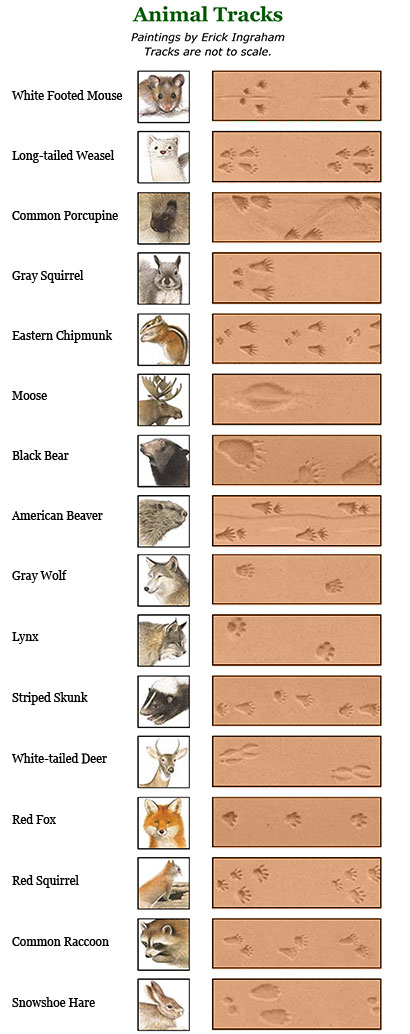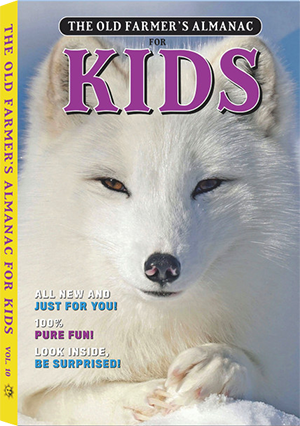
Photo Credit
Fabio Maffei/Shutterstock
Pictures of Common Animal Footprints
You don’t have to be in the jungle or deep forest to be an animal tracker. Tracks are often as close as your backyard or garden. See common animal tracks and how to identify that critter!
How to Identify Animal Tracks
Tracking is something that you learn by doing. Get out there and look! Here are a few tips:
- Animal tracks are easiest to find in mud, soft garden soil, sand, and snow.
- Study the ground closely. Get down on your hands and knees. Look for number of toes, a heel, and claw marks. Note the placement of the hind legs versus front legs.
- Track early in the morning or late in the day when shadows make prints easier to see.
- Watch for animal droppings called scat. The scat will also help you track the animal. If it’s dry all the way through, the tracks may have been left a while ago. Scat can also tell you if you’re tracking a vegetarian or a meat eater.
- If you lose the trail, search in a circle around the track until you pick up the trail again.
- The most important tip of all: don’t get lost!

A Few Tips on Animal Footprints
- Hand Print Track: The most common backyard animal is the raccoon. Their tracks are distinguishable by hand like print with five toes on both the front and hind feet.
- Hopping Critters: Four front toes and five hind toes? It may be a squirrel or chipmunk. The larger hind feet actually land in front of the smaller front feet. If the hind feet land at an angle (not evenly), it’s probably a rabbit!
- Clawed Canines: Four toes on both front and hind feet? Visible claw marks? This marks the footprints of foxes, wolves, coyotes or even dogs. Cats are similar but the claws are retracted.
- Five-Toed Mammals: Five toes on both front and hind feet? This covers a number of animals, including bear, beaver, or the Mustelidae family (weasel, badger, mink, skunk, and otter). There may also be visible claw marks.
- Two-Toed Tracks: You’re probably looking at deer (or moose or elk in some regions).

